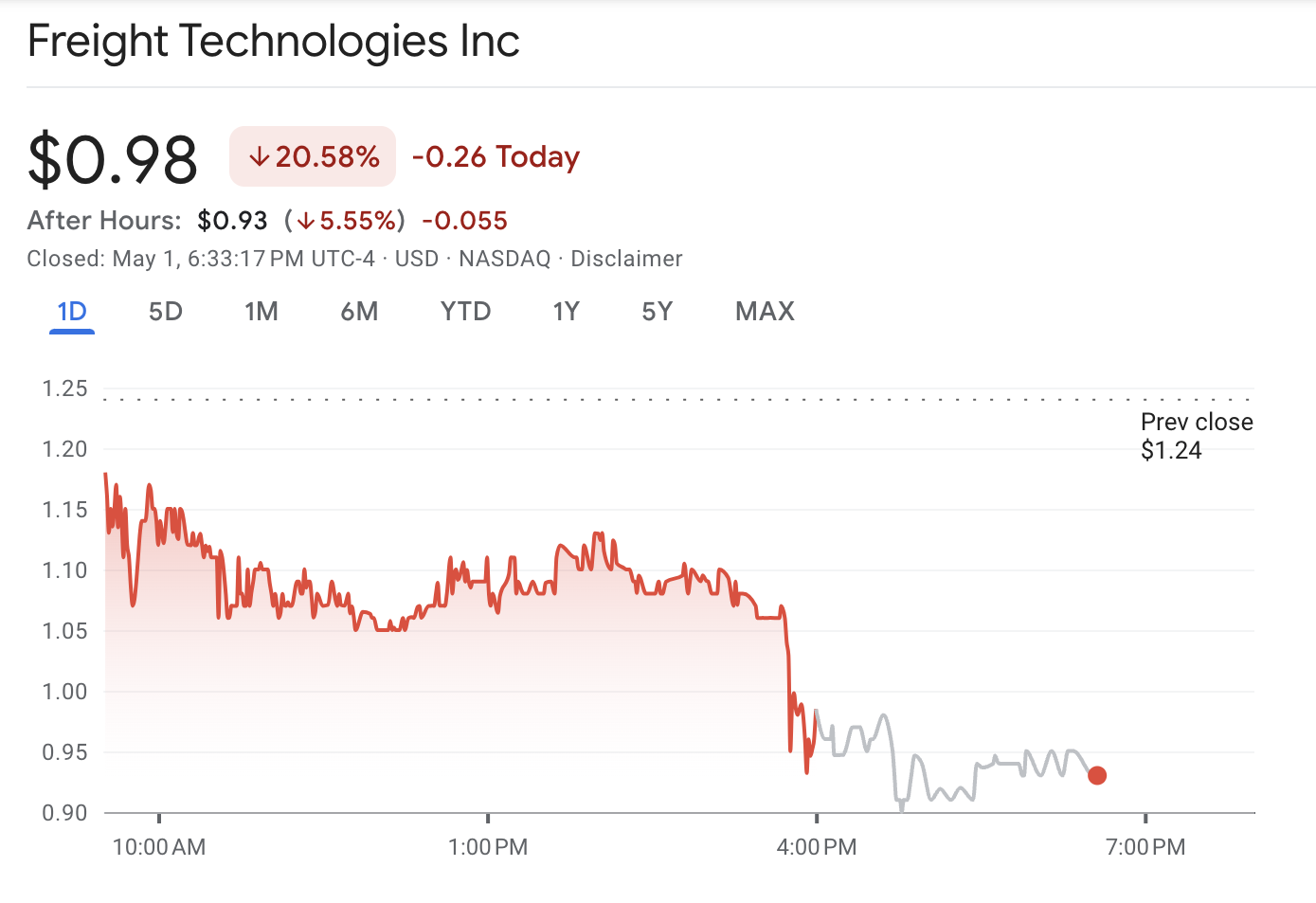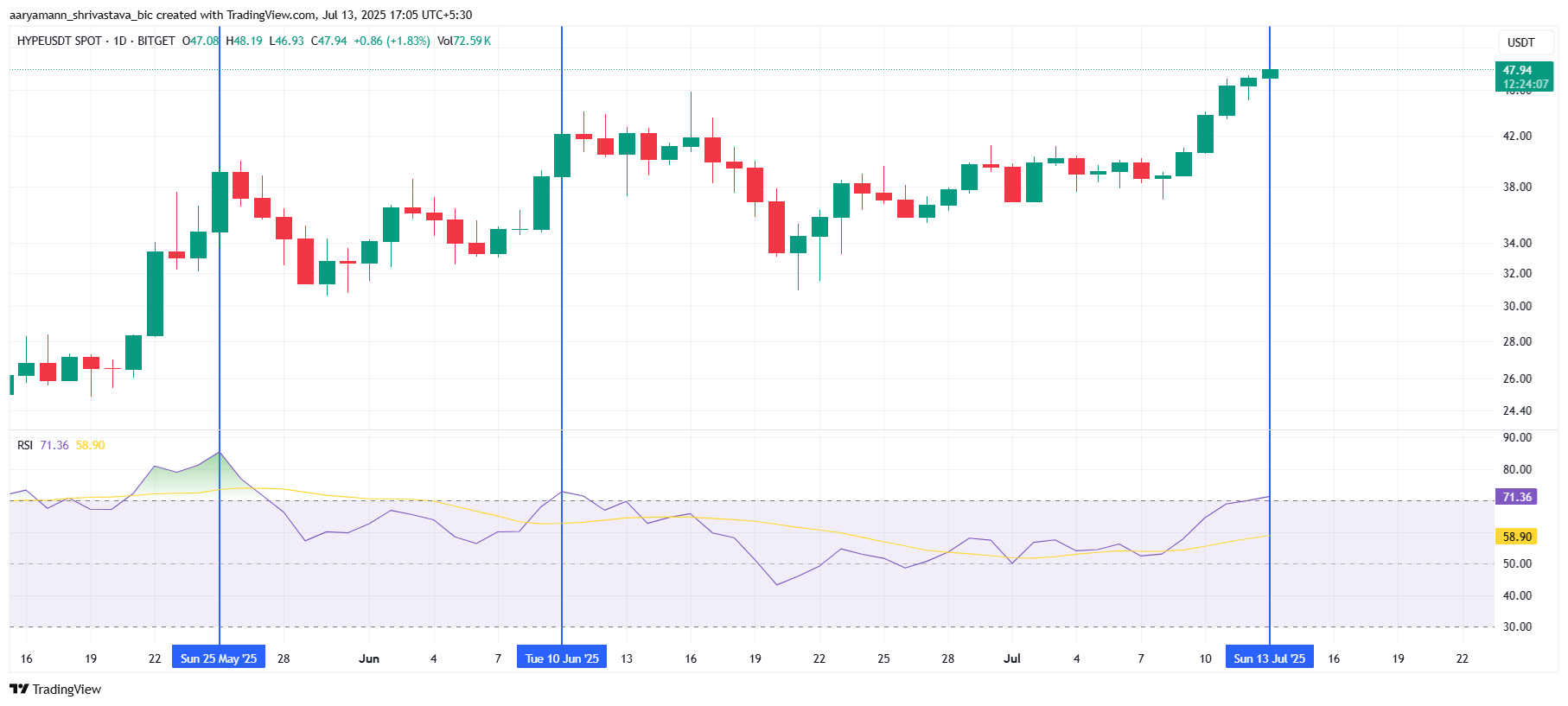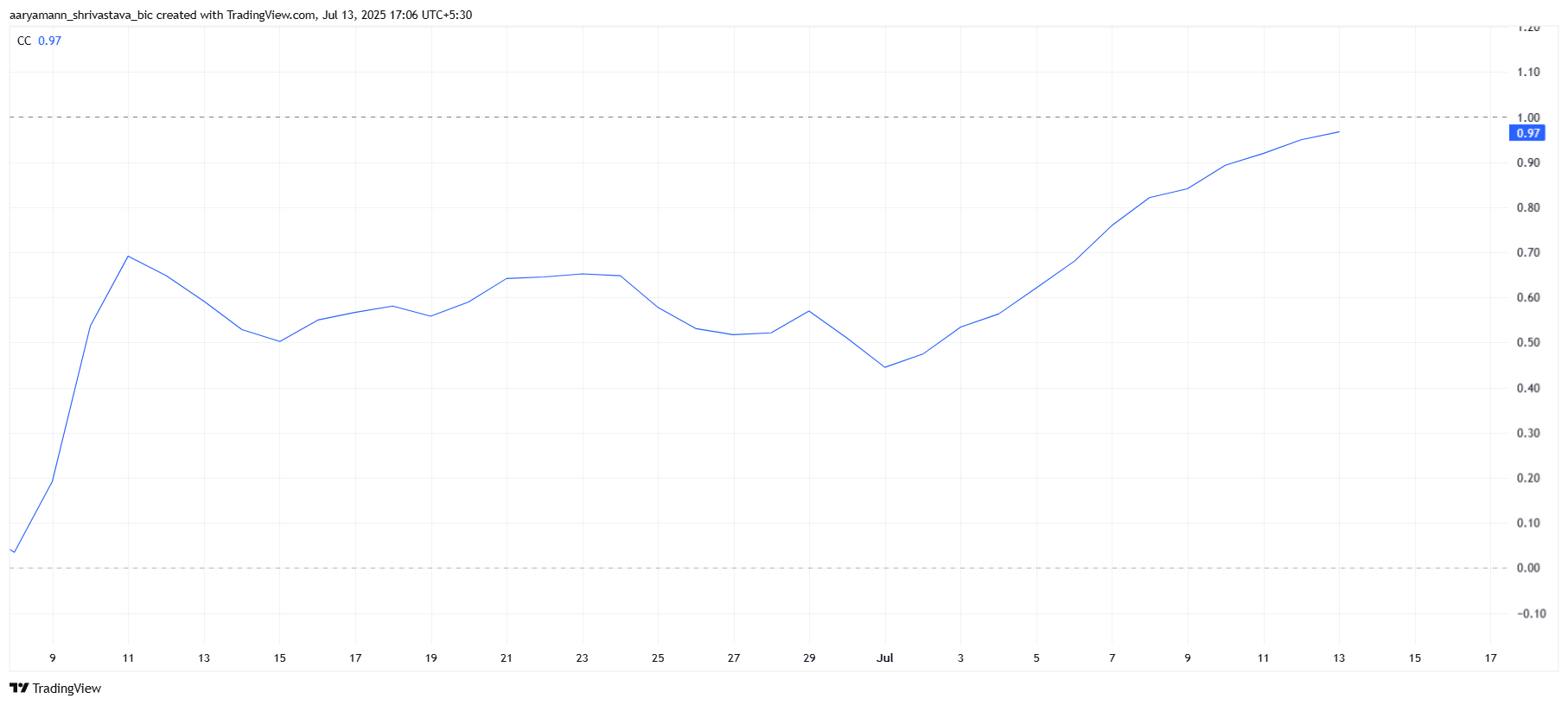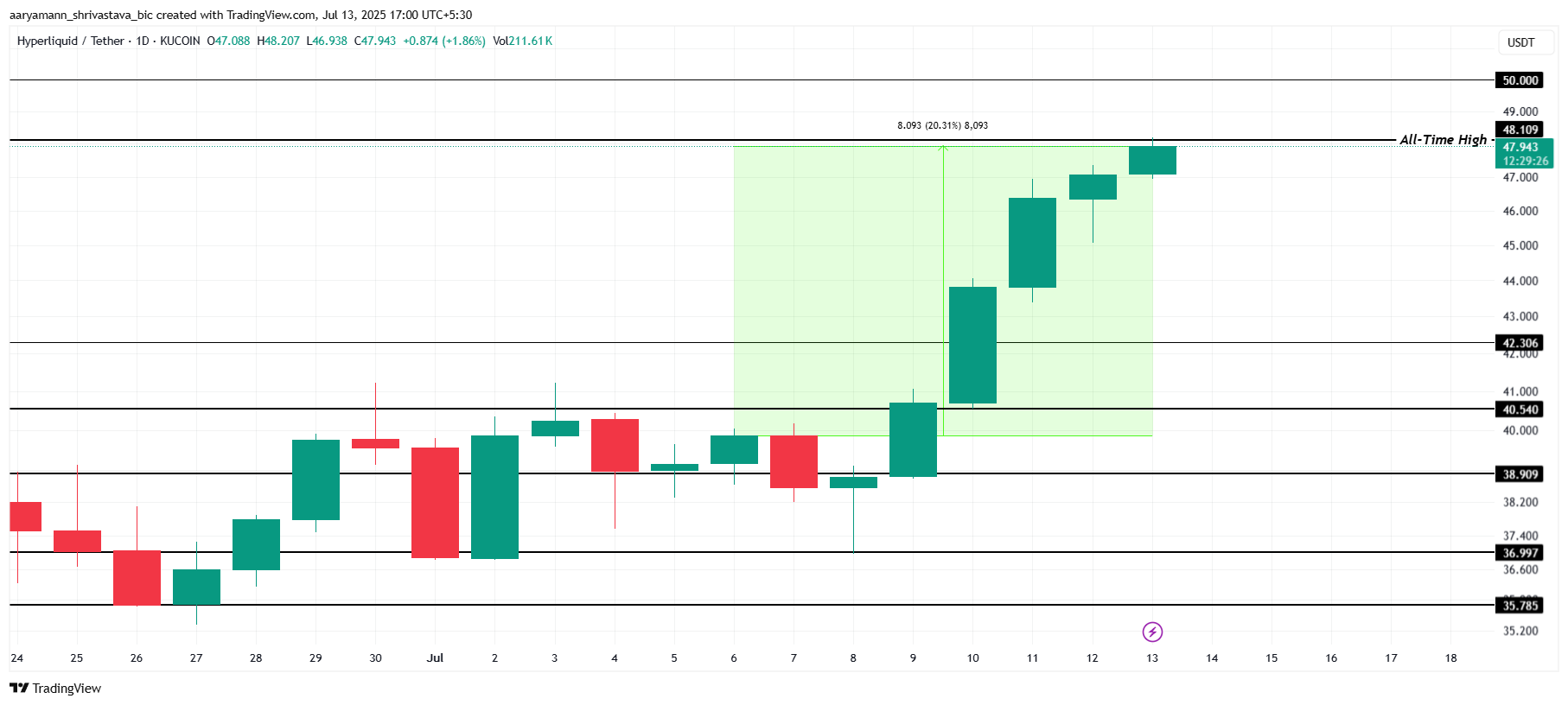Coinbase is listing Worldcoin (WLD), fueling rumors that OpenAI is going to launch its own social media platform soon. Sam Altman will give a live update on the World project today at 7 PM PST in San Francisco.
Both projects have been suffering setbacks lately. Worldcoin lost privacy battles in the EU, and centralized AI development faces rising costs and diminishing returns. This social media integration would bypass both problems for bullish returns.
Will OpenAI Use Worldcoin for Social Media?
Worldcoin, a project to verify human identity, has been gaining traction due to these rumors. When Altman first publicized today’s Worldcoin announcement, community experts began hypothesizing it would involve an OpenAI social media push.
Coinbase added Worldcoin to its listing roadmap today, and this timing is turning the OpenAI rumors into a full frenzy. Evidence connecting WLD to a new social media platform has so far been tangential, but this development seems undeniable.
One of the world’s largest exchanges chose to spotlight Worldcoin today, of all days. Anticipation is only building.
Following the Coinbase listing roadmap update, Worldcoin has recovered from an earlier decline, as WLD is up by 3% in the past hour.
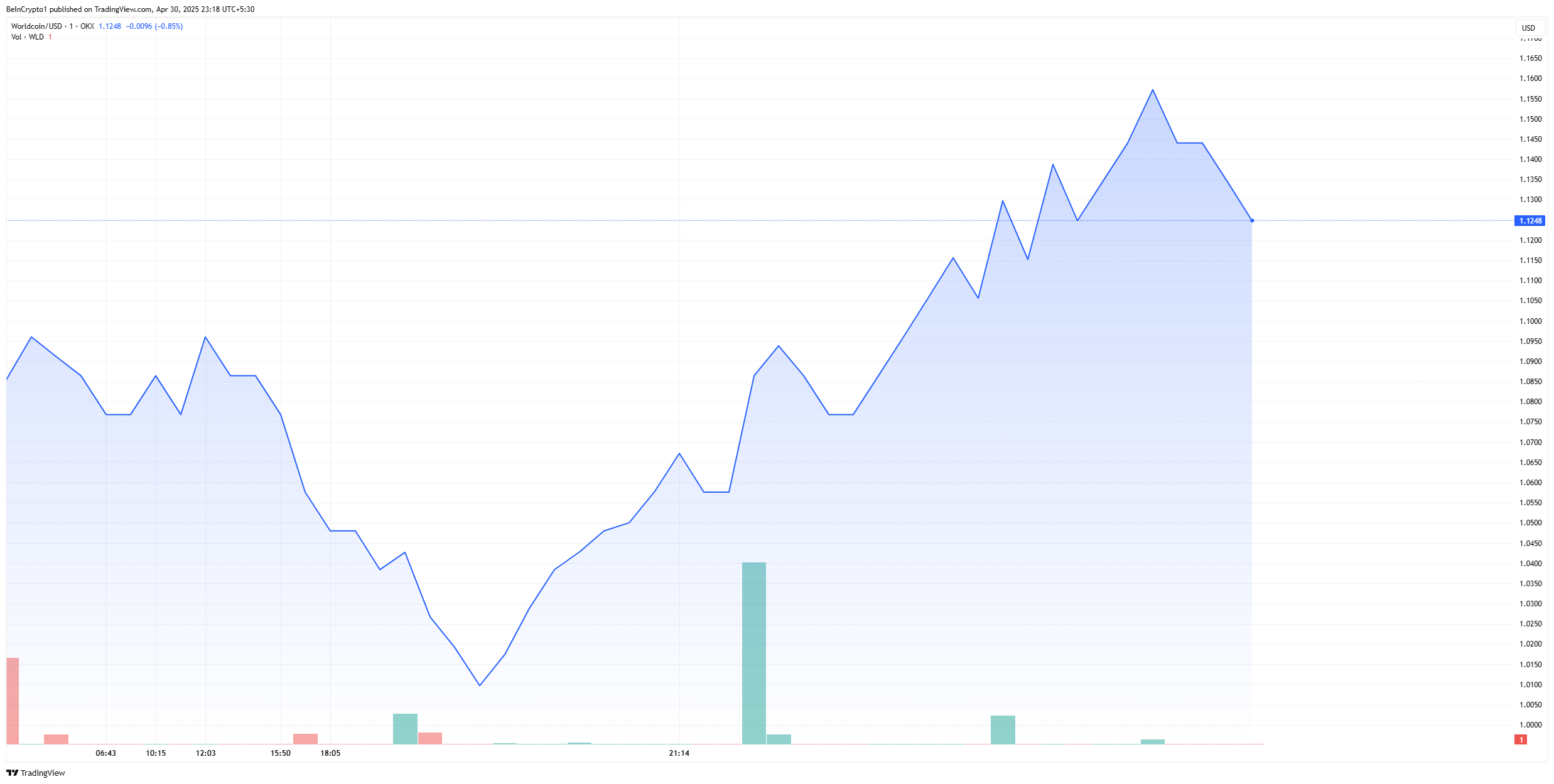
However, further price movements or a larger rally are probably on hold, as the market awaits confirmation of the OpenAI rumors. Still, if OpenAI does roll out a Worldcoin integration, it could have an explosive impact on price.
If nothing else, this integration would demonstrate Sam Altman’s uncanny ability to maintain investor interest. Recently, the centralized AI sector has been crunched by cost and efficiency concerns. Microsoft’s recent pullbacks from global data centers led to speculation that OpenAI might not be profitable.
Worldcoin, too, has been suffering legal setbacks. However, an announcement today would skirt around both these problems:
“Whether you love him or hate him, I think Sam Altman is a pretty genius product guy. People have been declaring OpenAI dead for a while and it keeps chugging. [Worldcoin integration] is an interesting speculation play, and [WLD] will very likely be the most prominent AI token,” DCInvestor stated.
Still, these rumors might turn out to be false. Until Sam Altman speaks tonight, no concrete link suggests that Worldcoin will be part of any OpenAI social media launch. Today’s presentation could substantially shake up crypto’s environment.
The post Coinbase to List Worldcoin (WLD) Amid OpenAI Social Platform Rumors appeared first on BeInCrypto.



